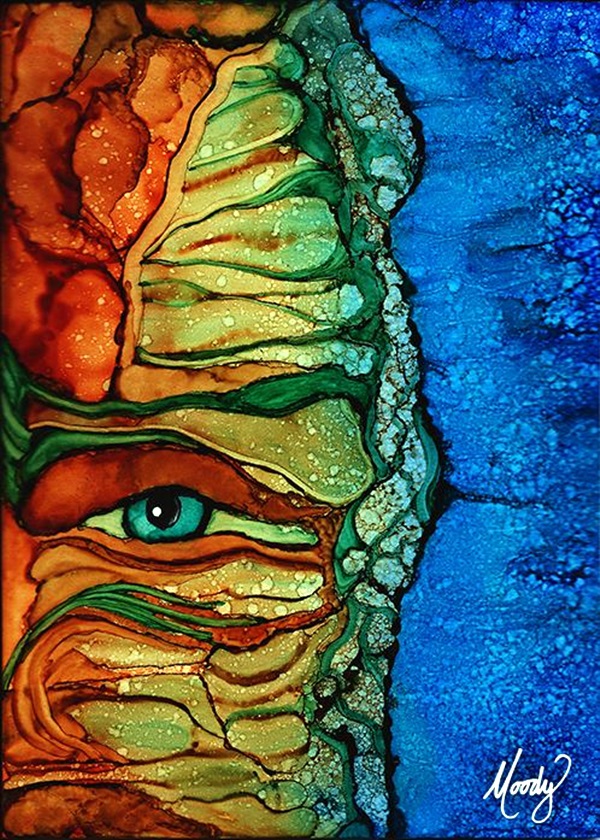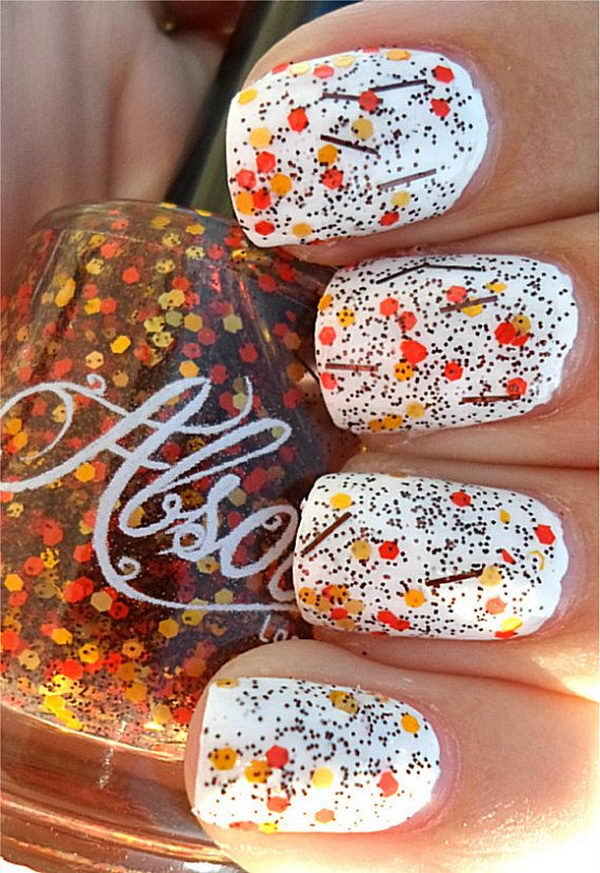


Watercolor paint, for instance, is known for its carefree fluidity while acrylics are known for drying quickly but having a lot of mediums that allow you to manipulate the pigment-like giving it a sculptural element or increasing the flow.

Watercolor and acrylic paints are the two most popular types of pigment and each has its own unique qualities. Want more? Here are 75+ drawing ideas to get you sketching right now.Ĭoming up with painting ideas depends on what kind of paint you’ll be using. drawing a still life in the Cubist style.Whether you use pencils, pens, or charcoal, they can all help you depict ideas inspired by real life (which is a great way to practice your observation skills) or the imagination. When it comes to drawing, the sky's the limit on potential subject matter. Get your creative juices flowing with these easy art ideas you can do at home. They are divided by type of art, and for many subjects-particularly drawing and painting-we’ve got even more ideas than listed here. Having an understanding of these seven elements can make it easier to create your own works of art, whether it be painting, drawing, sculpture, design, or architecture. Line, color, form, shape, value, space, and texture are the seven key elements of art that frequently complement, overlap, inform, and harmonize with one another. No matter what style of art you choose to venture off to, keep in mind the seven elements of art-the creative building blocks that help unravel and create any type of artwork from drawing and painting to embroidery and sculpting. Drawing and painting techniques are similar and can easily result in stunning mixed media pieces don’t be afraid, however, to think outside the box and combine materials in an unconventional way, such as embroidery and polymer clay. The media can stand alone as their own art projects, but if you’re feeling adventurous, think about combining two or more of them. During this period Sargent was able to hone his skills in portraying the glimmers of water but also work on his skills as a draughtsman creating architectural studies of Venice’s grand buildings and ornate facades.While this is not an exhaustive list of creative ideas, we’ve included many of our favorite media from acrylic paint to pencil drawing to embroidery to polymer clay. Rather than focus on the hustle and bustle of the people on the streets, Sargent turned his eye to canal and architectural views, and almost left out human figures entirely from his works.

Venice provided the perfect backdrop for Sargent to lead this artistic double life as he found the city challenged him in ways other places hadn’t and he eventually thought of it as a kind of spiritual home.įrom 1898 until 1913, the artist visited Venice at least once a year. For 30 years during the 19th and 20th century Sargent was a highly sought after society painter, but he also produced hundreds of landscapes and figure studies not intended for public view. His paintings were the first of what we would now call “house portraits” and became a well-established trend in painting in Britain in the later 17th century, all because of Keirincx’s commissioned works.īorn to American parents in Florence, Italy, John Singer Sargent lived a nomadic existence for the majority of his life, traveling around Europe in search of new landscapes to paint for his own personal satisfaction.
Art inspiration full#
While the full circumstances the artist was in England under remains unclear, what's certain is that he found solace in the stoic stone structures and landscapes he was asked to paint. The paintings display Keirincx's detailed aesthetic of topographical views combined with traditional techniques, and his ability to create warmth in the most bleak of scenes. It’s unknown why Keirincx was chosen specifically, but the move was one that was both politically motivated and to save face after Charles I's failed campaign against the Scottish. Keirincx was commissioned by King Charles I to create ten landscape paintings, mainly views of the king’s castles and houses in Northern England and Scotland from 1639 – 1640. But it was a stint in England that makes this artist more significant in British art history than many people realize. Born in Antwerp, Alexander Keirincx was trained as a Flemish Baroque painter who ultimately ended up living most of his life in Amsterdam.


 0 kommentar(er)
0 kommentar(er)
